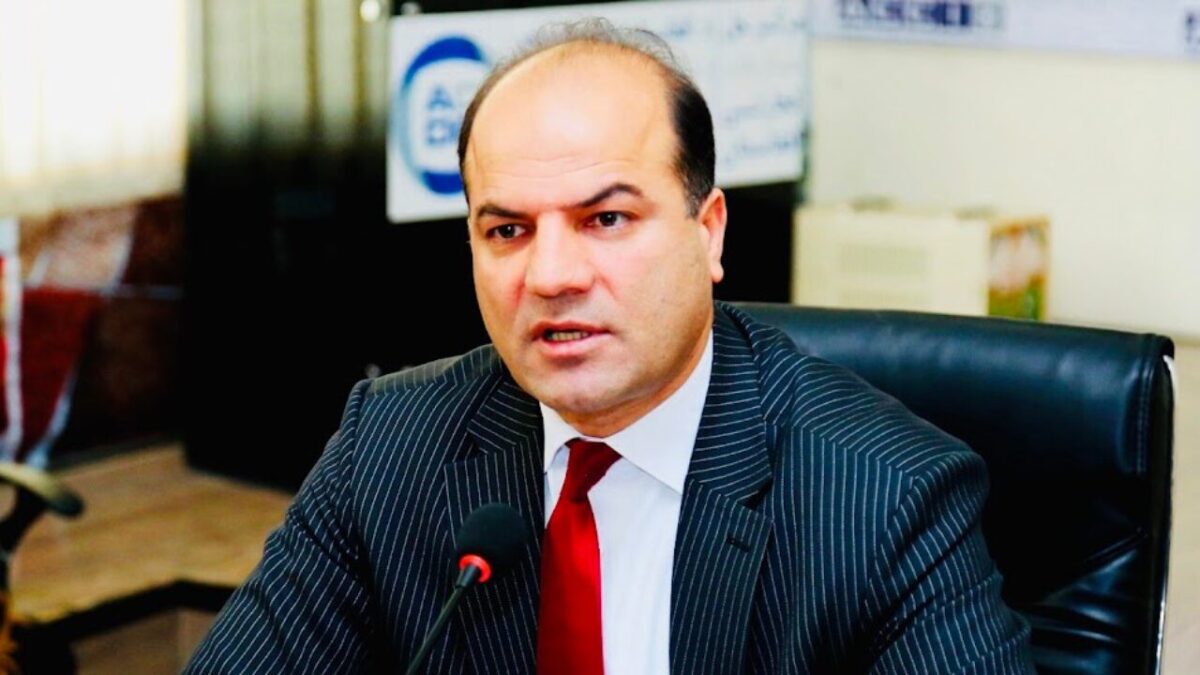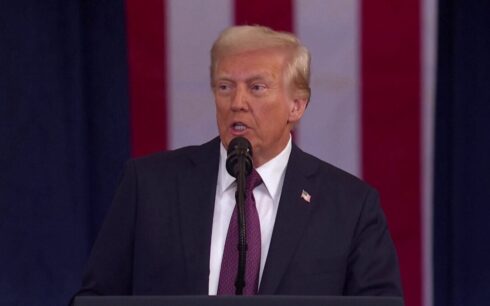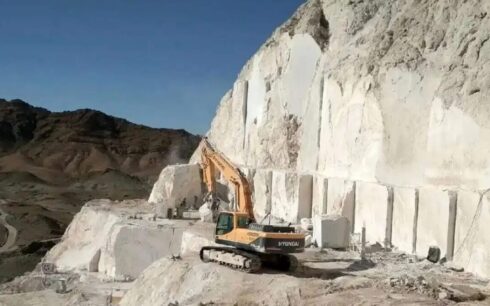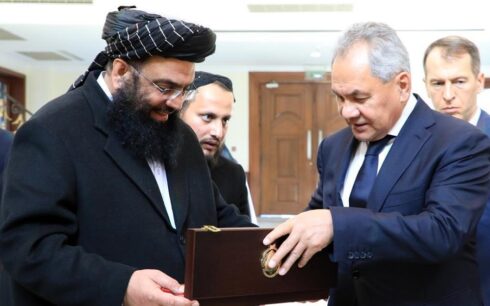For nearly two decades, the United States invested significantly in Afghanistan, channeling close to one trillion dollars into various sectors, including an estimated $962.6 million dedicated specifically to developing the nation’s extractive industry. This substantial investment, managed by agencies like the Department of Defense’s Task Force for Business and Stability Operations (TFBSO) and USAID, aimed to unlock Afghanistan’s vast mineral wealth, estimated at over $1 trillion. However, despite these efforts, the U.S. faced challenges in securing long-term economic or strategic benefits from Afghanistan’s mineral resources.
The extractive industry: A missed economic opportunity
From 2004 onwards, the U.S. initiated a series of programs aimed at surveying, exploring, and regulating Afghanistan’s extractive sector. The TFBSO alone invested $316 million in extractive projects, while USAID launched initiatives like the Mining Investment and Development for Afghanistan Sustainability (MIDAS) program, the Extractives Technical Assistance (ETA) program, and the Multi-Dimensional Economic and Legal Reform Assistance (MELRA) program. These efforts were intended to create a self-sustaining Afghan government capable of attracting foreign investment and leveraging its mineral wealth for national development.
However, the Special Inspector General for Afghanistan Reconstruction (SIGAR) report from 2023 highlighted significant obstacles. The U.S. programs faced difficulties achieving their goals, challenged by issues such as oversight limitations, governance hurdles within the Afghan government, corruption, frequent turnover of officials, and persistent insecurity. As a result, Afghanistan did not fully realize the economic potential of its mineral resources, despite the considerable international support.
In addition, despite the extensive U.S. investments, it was Chinese companies that ultimately capitalized on Afghanistan’s mineral wealth. China Metallurgical Group Corporation (MCC) secured the Aynak Copper Mining Project, valued at $10 billion, while the China National Petroleum Corporation (CNPC) won the oil and gas exploration contract for the Amu Darya Basin in northern Afghanistan, worth $7 billion. This outcome reflects the complexities and competitive nature of international investments in Afghanistan’s resource sector.
The U.S. investment in Afghanistan’s extractive industry represents a missed opportunity of significant proportions. Despite nearly two decades of effort and billions of dollars spent, the U.S. and NATO countries were unable to secure substantial investment opportunities in Afghanistan’s mining, oil, and gas sectors for American or European companies. Instead of fostering mutual benefits for both Afghanistan and the West, Chinese companies have stepped in to fill the gap. The Taliban have now awarded contracts for Afghanistan’s most strategic mineral resources, including lithium and other rare-earth elements, to Chinese, Russian, and Iranian companies. This development is notable, given the substantial groundwork laid by the U.S. through surveying, geological studies, and legal framework development. Despite these efforts, American and European companies faced challenges in establishing a foothold in Afghanistan’s resource sector.
Strategic considerations and future implications
The U.S. also left behind one of the most strategically significant military bases in the region, Bagram Air Base, after extensive investments in its development. Concerns have been raised that this facility could eventually be utilized by Chinese or Russian entities under Taliban oversight. President Trump, now back in office, has expressed interest in reclaiming the Panama Canal from the Panamanian government, citing its construction with U.S. taxpayer funds and controlling by Chines. Similarly, there is a case to be made for the U.S. to explore avenues to reclaim Bagram Air Base and facilitate investment opportunities for American companies in Afghanistan’s extractive industries. After investing billions in resource mapping and legal infrastructure, the U.S. inadvertently created opportunities that have been leveraged by Chinese, Russian, and Iranian companies, particularly in securing access to strategic minerals like lithium and other rear-earth strategic minerals. Additionally, addressing the $80 billion worth of U.S. military equipment left behind remains a pressing concern to ensure regional stability.
Furthermore, China is reportedly planning to take a more active role in Bagram Air Base and integrate Afghanistan into the Belt and Road Initiative (BRI), a strategic economic project designed to enhance China’s influence across the world, Middle East and Southeast Asia. These developments highlight the evolving geopolitical dynamics and underscore the importance of carefully reassessing future engagement strategies in the region.
In retrospect, the decision to withdraw from resource-rich Afghanistan without securing long-term strategic and economic footholds presents complex challenges. The repercussions of these decisions will likely influence regional dynamics for years to come, as adversarial powers leverage Afghanistan’s mineral wealth to bolster their own economic and technological growth. Moving forward, it will be essential for the U.S. to consider approaches that protect national interests while fostering regional stability.
Sayed Zaman Hashemi is former Chief Legal Counsel of the Ministry of Mines and Petroleum under previous government in Afghanistan.
Opinions expressed in this article are those of the author and do not necessarily reflect the views of this publication.





